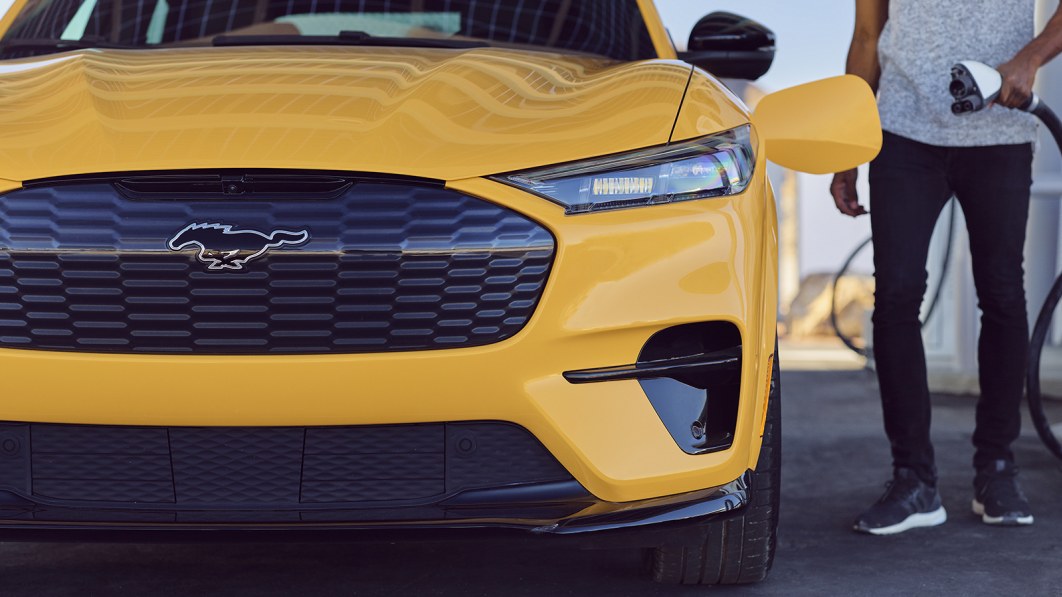Besides range, the big bugaboo beleaguering the electric car world is charging times. They’ve improved significantly, with much faster DC fast charging appearing more frequently both at Tesla stations and other chargers, but the fastest fill-ups from near empty are still around 20 minutes. And that’s assuming the charger and battery are in the ideal conditions to do so. But Ford and Purdue University are working on a way to drastically reduce charging time.
The company didn’t go into deep detail, but the key is better cooling for the charging cables. High amounts of electric current create lots of heat. Liquid-cooled cables have helped, and Tesla’s systems can handle up to 520 amps of current. Purdue is taking that a step further with a coolant that starts as a liquid, and then can change to a vapor. The reason for this is that matter absorbs large amounts of heat energy before changing phases. It’s the same sort of principle that makes air conditioners and refrigerators work.
With this improved heating efficiency, Purdue expects to be able to handle around 2,400 amps of electrical current through its charging cables. It and Ford believe charging times could be reduced to around 5 minutes. That would be very close to a gasoline fill-up.
The systems are still under development, so don’t expect to see them just yet. And of course, you can lead an EV to a high-speed charger, but that doesn’t mean you’ll be able to make it charge that fast. Charging is a multi-part problem, and if a car’s battery isn’t designed to charge faster than say, 50-kW or 100-kW, it will only charge that fast from a high-speed charger, no matter how much current the cable connected to it could handle. Still, these developments will make the future of EVs more convenient than ever.
Related video:





